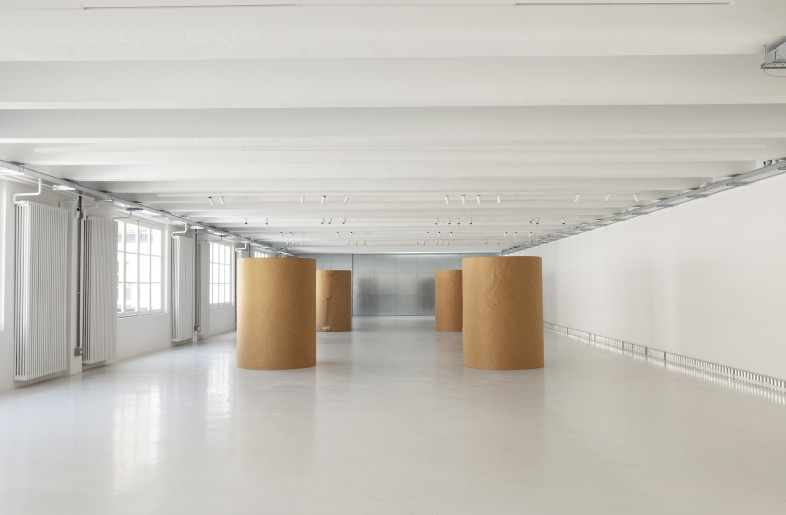Yinka Ilori gives recycled plastic a new purpose with a community pavilion in Berlin

1 / 7
Yinka Ilori imagined a colourful pavilion structure, made of recycled materials and coloured in bright hues, that functions as an active community space.
K
Create a free account to read the full article
Get 2 premium articles for free each month
Related Articles
MORE Shows
Switch gears into summer mode with this week’s exhibitions and openings

Hermès' SS26 show is an exercise in distortion, dissolution and disappearance

From four-hour wrap-ups to gentle robots, SS26 stretched the very definition of a fashion show

Are carpets the lipstick of fashion shows? Prada Menswear SS26 believes so

All the world's a stage when 4 fashion shows bring theatrics to scenography

Es Devlin's staging flipped viewer and viewed in Louis Vuitton's 2026 Cruise show

Openings: Nature meets tech in the latest exhibitions and outposts

How to remove fragrance from its commercial context, using smell as a creative material instead

Openings: Considered viewing for the discerning eye







